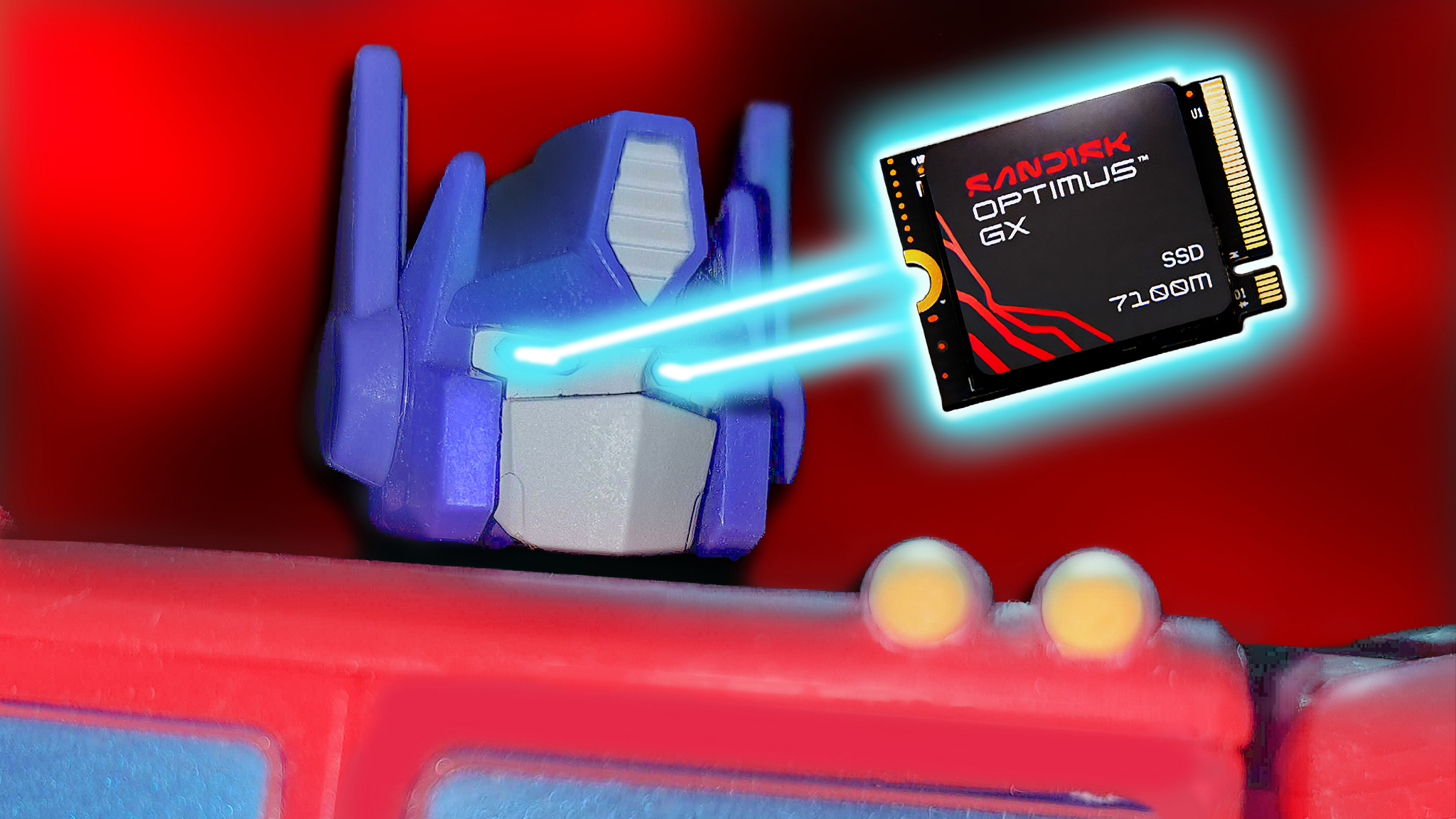6 useful things you can still do with Kinect for Xbox in 2019
Even though Kinect may be dead, here are six things you can still do with the Xbox One accessory.
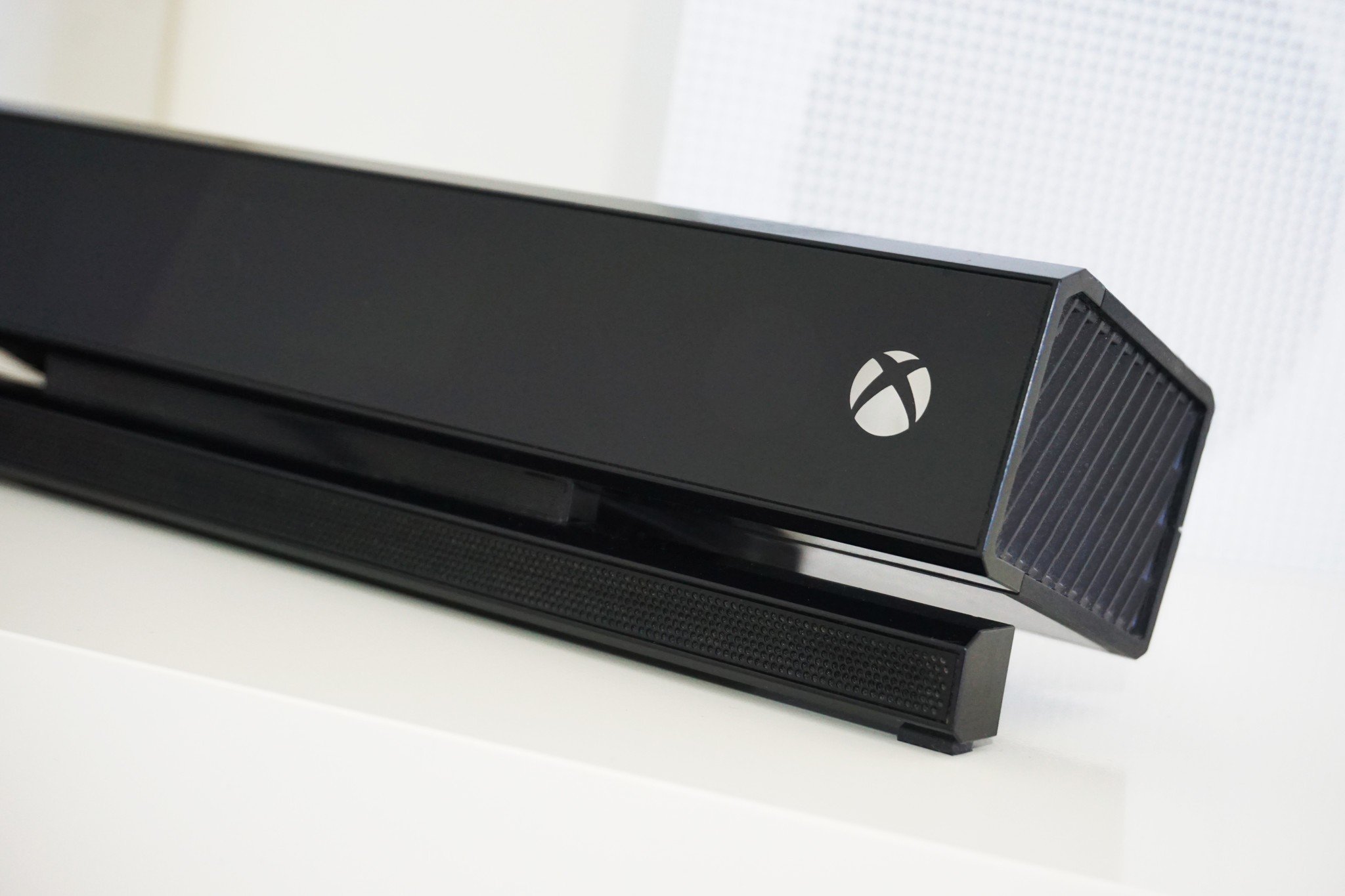
Earlier this year, Microsoft wrapped up production on its Kinect sensor – the company's ambitious camera and motion controller for Xbox consoles. Following a major push for the device across the Xbox 360 and Xbox One, Microsoft's hopes for the device eventually fell flat, amid privacy concerns and disappointing software support.
The end is nigh for Kinect, especially with the company having recently discontinued its Kinect adapter, which allowed the accessory to be used on the Xbox One S and Xbox One X. Despite this, the legacy Kinect established hasn't entirely diminished, with games, apps and OS-level features still available across the console. If you're among the remaining Kinect users on the console, the device still has tricks to show in 2018.
A whole load of Kinect games

This is a somewhat obvious point to start on, though the existing library of Kinect games shouldn't be forgotten. While a lack of consistent quality titles was a major factor in the device's downfall, there are still several enjoyable games built around the accessory.
One of the differentiating aspects of Kinect was its sensors, which powered its unique motion controls. Most Kinect-integrated games leveraged these tools, with hands-free gameplay that put players at the center of the experience. Among the highlights of these were FRU and Fruit Ninja Kinect 2 – games that required players to use their body to complete challenges. Other titles, such as D4: Dark Dreams Don't Die and Zoo Tycoon weren't necessarily built for Kinect, but still offered motion controls to experience the game in an imaginative way.

Alternatively, a range of games during the console's launch period supported Kinect voice commands, while still tying core gameplay to a controller. Dead Rising 3's support left players shouting "You're crazy!" at challenging foes, while Forza Horizon 2 featured a voice-controlled G.P.S and mapping system. These implementations weren't revolutionary but added additional depth for existing Kinect users.
Development of Kinect games may have come to a halt for many, though some companies continue to invest in the device. The most prevalent of these is "Virtual Air Guitar Company," a developer that still pledges to make Kinect games going forward – though it's unclear how long this can remain sustainable.
Best Kinect Games for Xbox One
All the latest news, reviews, and guides for Windows and Xbox diehards.
Voice commands and Cortana
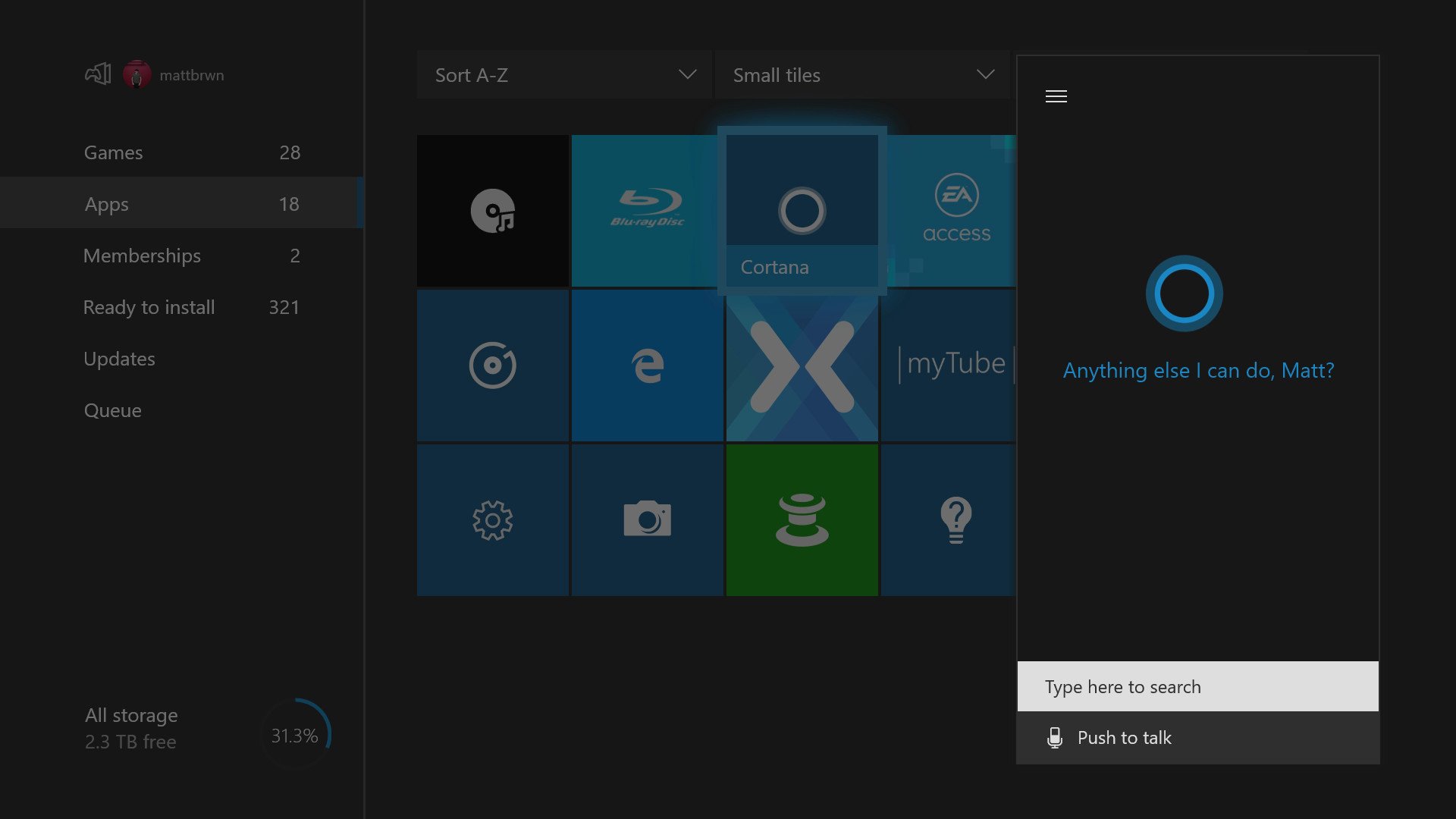
Of Kinect's features, arguably the most widely used has been its voice commands. Providing a sleeker (and often much faster) method of jumping between aspects of the OS, these were a great example of how Kinect can naturally fit with the console.
Some elements of the original system-level Kinect integration have been phased out, with recent revisions of the OS pushing for a more controller-focused interface. Despite this, voice commands still remain, with strict phrases to trigger shortcuts to certain apps, quickly perform certain tasks, or move around the interface.

For more natural language, the console also has Cortana – Microsoft's digital voice assistant from its PC and phone endeavors. Offering the similar base functionality of standard voice commands, with the expanded functionality that comes with Cortana, this packs more features and flexibility. And tying into the Universal Windows Platform (UWP), this also allows for deeper voice controls across apps, opening the console to smart-home devices and other third-party services. While there are clear limitations to Cortana's abilities, it still has potential going forward.
While Cortana is supported over Xbox One headsets, traditional voice commands are tied exclusively to the Kinect sensor. Even then, having an external microphone rather than a headset feels considerably more natural, making Kinect preferable even if not required.
- How to turn Cortana for Xbox One off and on
- How to use Cortana on Xbox One: command list, tips and more
Webcams for Skype, Mixer and more
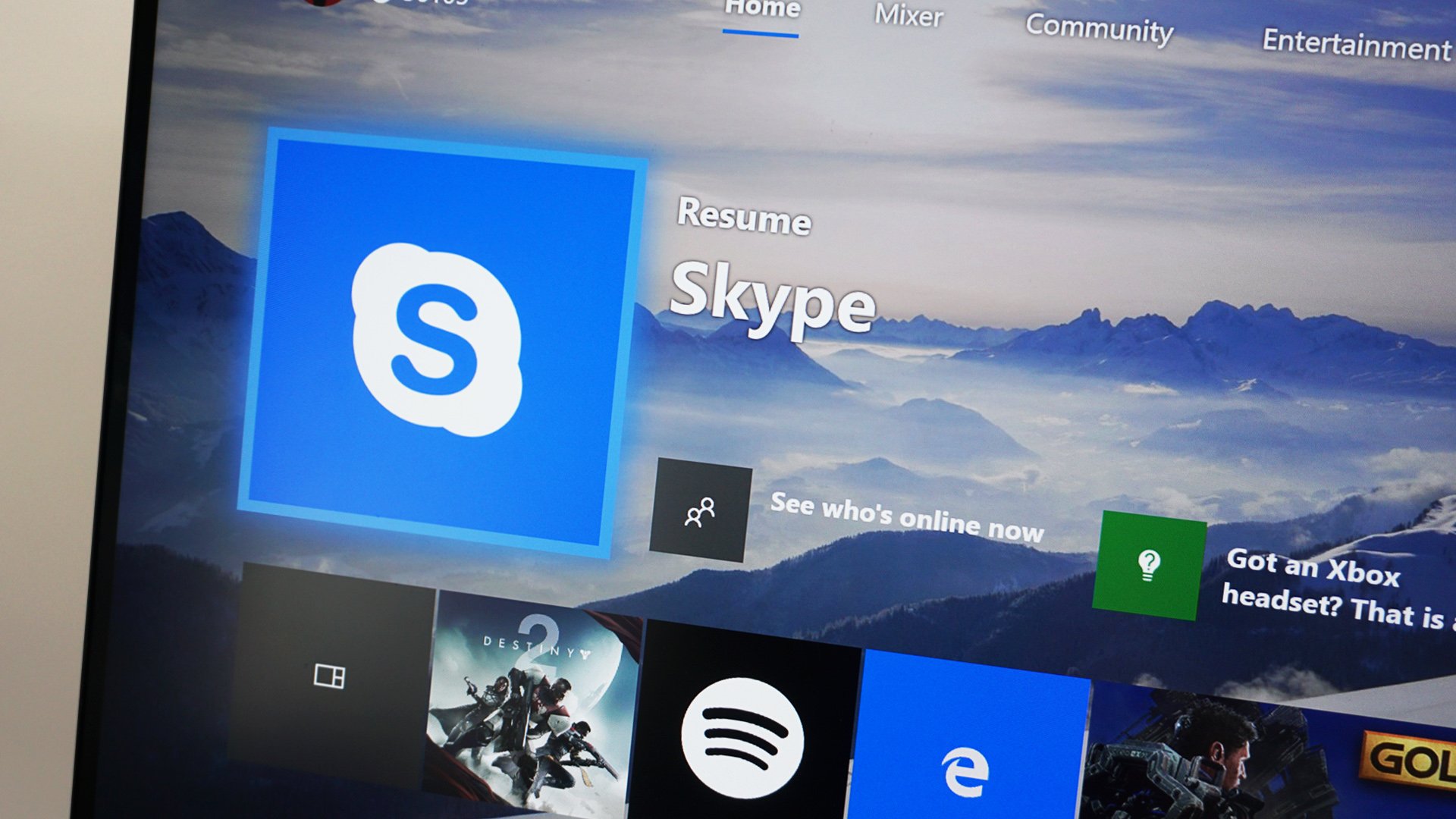
With a high-resolution camera slapped on Kinect, the device also serves as a great webcam across supported apps. Among these is Skype, which allows for high-quality video calls, and live streaming services such as Mixer, with webcam broadcasting. This also applies to other apps available on the Xbox One which take advantage of the camera in any way.
Support for plug and play devices has been slowly rolling on Xbox One, with third-party webcams now supported on the console. While there are arguably superior cameras compatible with the console now, the Kinect still shines in both its visual quality and integrated microphone array.
Quick Xbox One sign-in

If your Xbox One is used by multiple people, Kinect's automatic sign-in feature makes it easy to instantly access your personal content. Taking advantage of its tracking abilities, the Kinect can be used to automatically sign into your Xbox Live profile when walking within the presence of the sensor. This is all handled subtly, without having to navigate menus in the process.
Use it with a Windows 10 PC
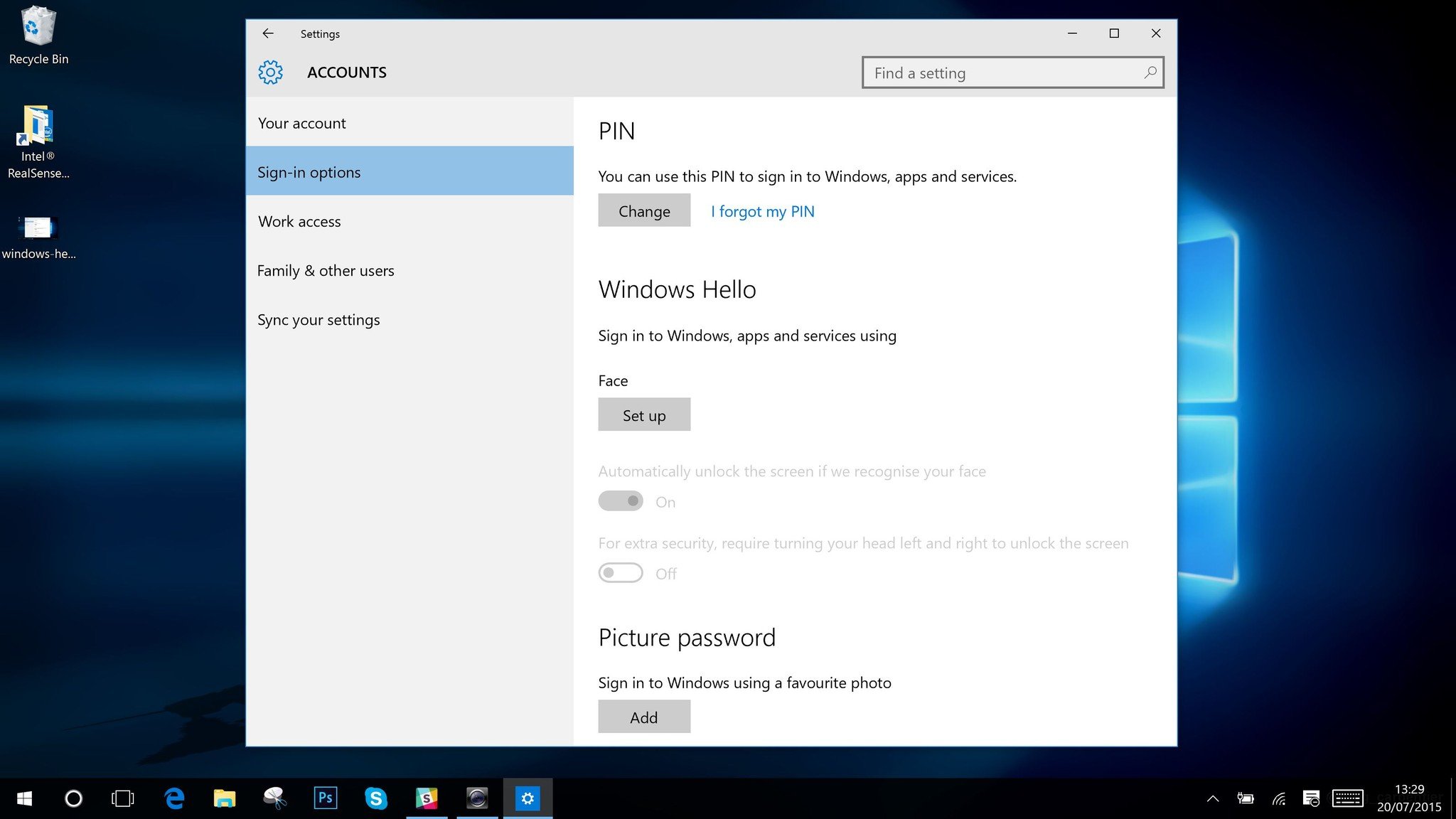
While Kinect's official Xbox One support may be limited today, the full potential of the device can be unlocked with a PC. If you managed to grab one before being discontinued, the Kinect USB adapter allows the device to also be connected directly to a Windows PC, for use with the official software development kit (SDK) offered by Microsoft. If you don't have a Kinect adapter, some you can bypass this step by using our DIY guide.
Kinect unmatched tracking abilities are the biggest draw, with innovative PC applications built around the device. Alternatively, its advanced infrared technology also means the device serves as a Windows Hello camera, adding biometric security to your PC.
How to set up Windows Hello facial recognition in Windows 10
If all else fails...
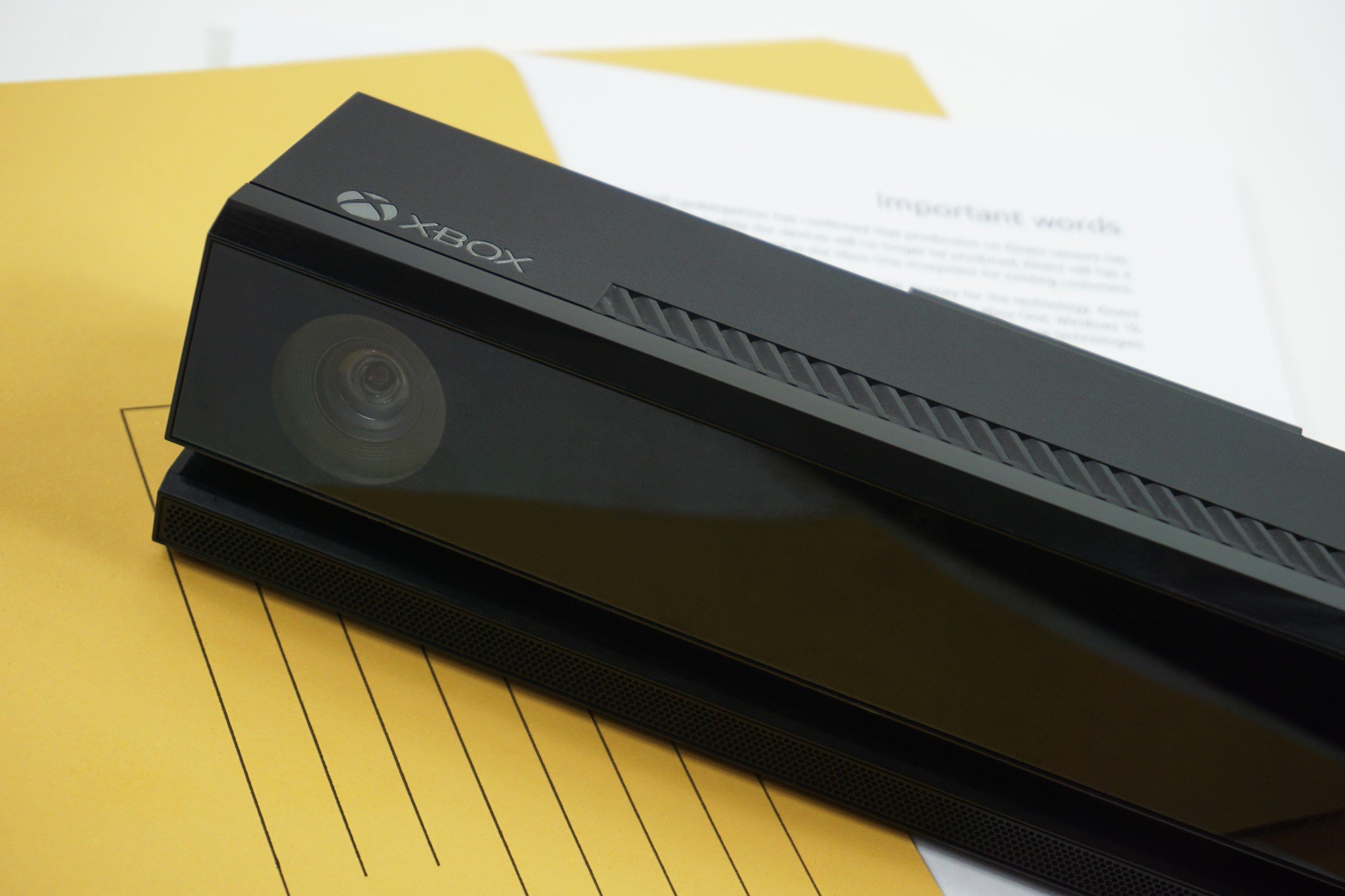
With future plans for Kinect looking grim, the feature set of the device isn't expected to grow going forward. If none of the aforementioned main features appeal to you, the device likely isn't for you. Luckily, with Kinect being a heavy device with its own complex components, it also serves as a perfect paperweight... sadface.
What do you use Kinect for in 2018? If you have any other tips, make sure to let us know in the comments section below.

Matt Brown was formerly a Windows Central's Senior Editor, Xbox & PC, at Future. Following over seven years of professional consumer technology and gaming coverage, he’s focused on the world of Microsoft's gaming efforts. You can follow him on Twitter @mattjbrown.
